Galveston Island might be known primarily for its 32 miles of Gulf Coast beaches, but this Texas gem offers a rich tapestry of experiences beyond the sandy shores. This historic island city has reinvented itself multiple times throughout its colorful past, emerging as a destination packed with cultural significance, architectural marvels, and natural wonders.
Here is a list of 14 reasons why Galveston deserves recognition as much more than just another beach destination.
Historic Pleasure Pier
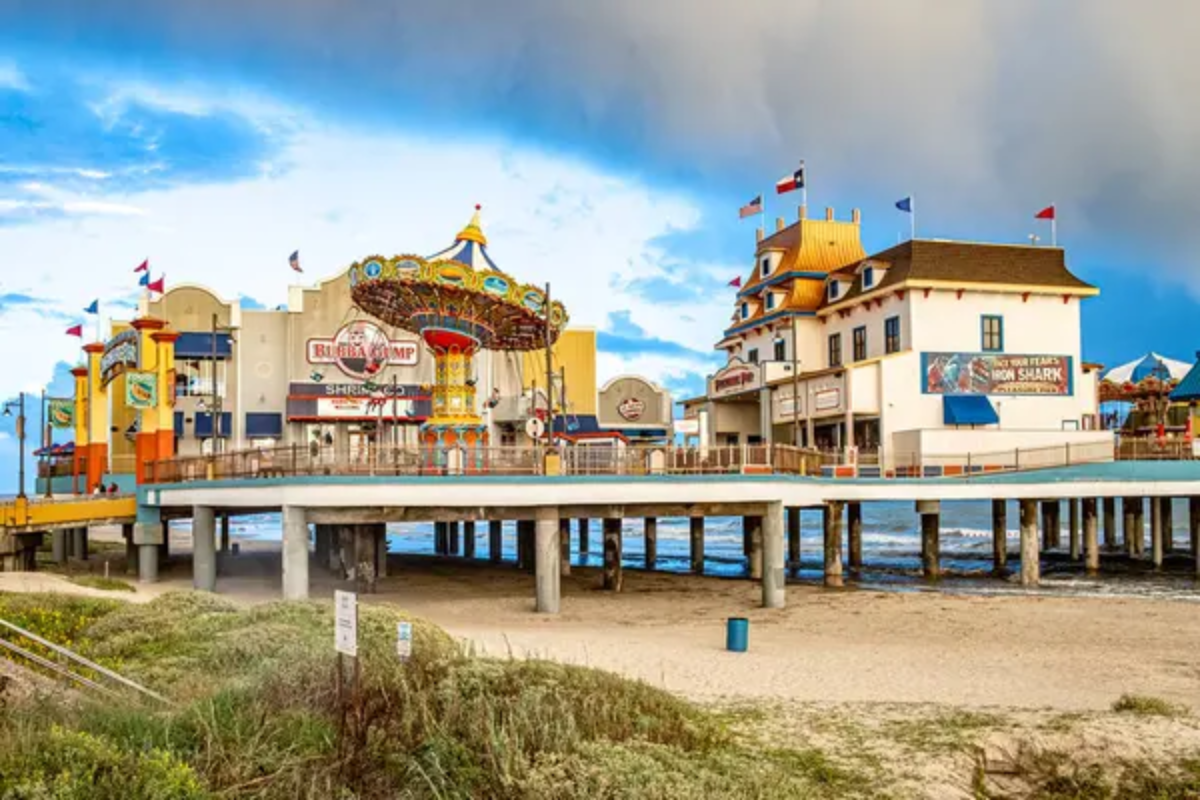
The Galveston Island Historic Pleasure Pier is a modern reimagining of the island’s entertainment legacy. This amusement park extends 1,130 feet over the Gulf of Mexico, featuring rides, games, and restaurants that capture the nostalgic atmosphere of coastal amusement parks from decades past.
The 100-foot-tall Ferris wheel offers breathtaking panoramic views of the island and the Gulf that can’t be matched elsewhere.
The Strand Historic District
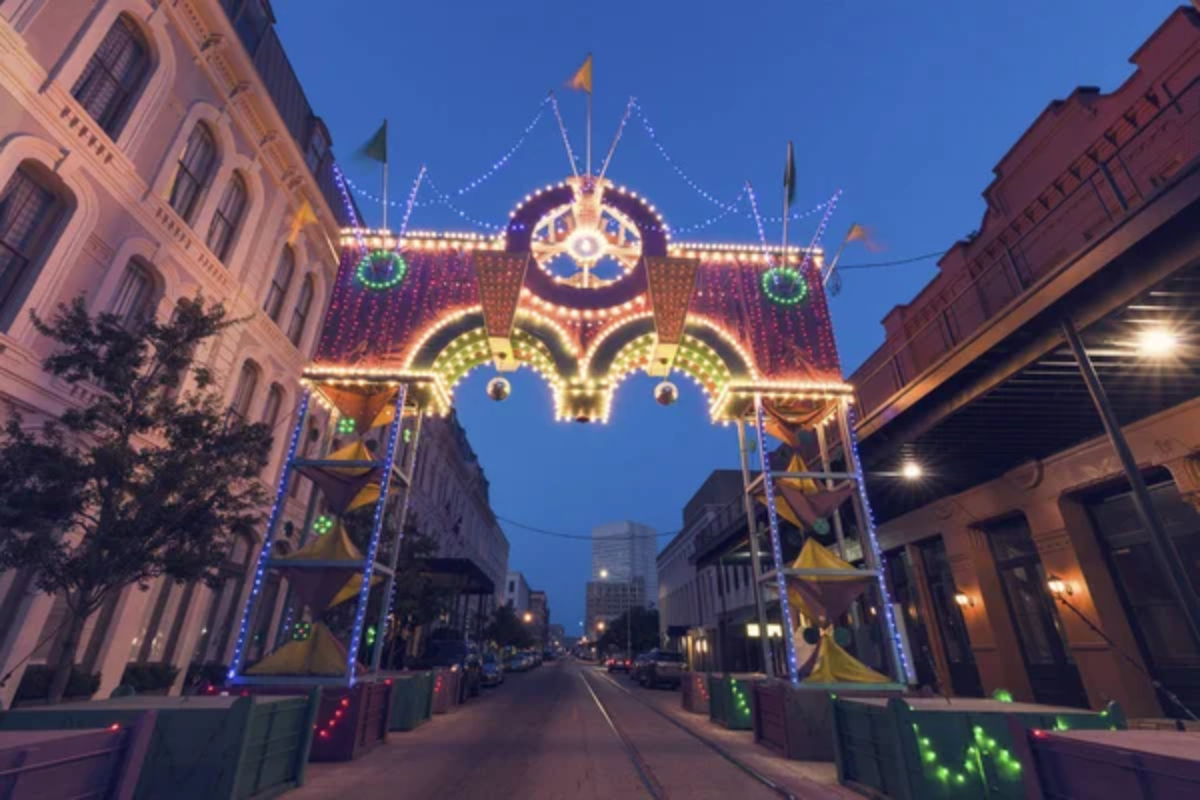
Dating back to the late 1800s, the Strand Historic District showcases Galveston’s Victorian roots through its impeccably preserved architecture and cobblestone streets. Often called the “Wall Street of the South,” this National Historic Landmark District now houses unique shops, restaurants, and galleries in buildings that once served as the commercial heart of Texas.
The district truly comes alive during annual events like Dickens on the Strand, transforming into a Victorian-era Christmas celebration.
Like Travel Pug’s content? Follow us on MSN.
Moody Gardens

These distinctive glass pyramids house diverse ecosystems and educational exhibits rather than traditional beach attractions. The Rainforest Pyramid contains tropical plants and animals from around the world, while the Aquarium Pyramid showcases marine life from the Gulf of Mexico to the South Pacific.
Visitors can explore these carefully curated environments year-round, offering an experience that combines entertainment with conservation education.
Bishop’s Palace
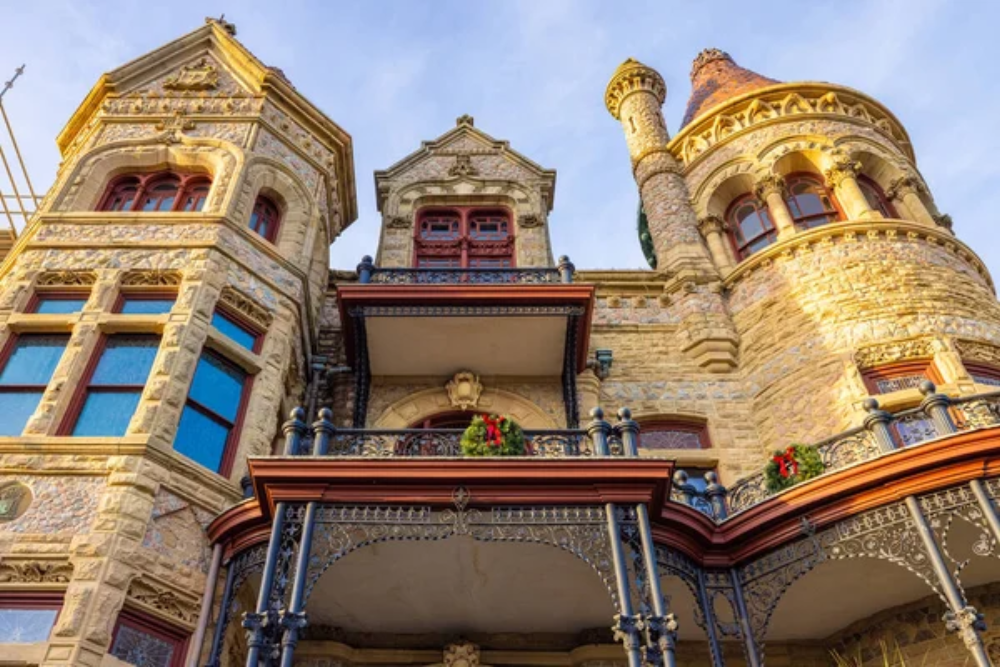
This magnificent Victorian mansion, built between 1887 and 1893, stands as a testament to Galveston’s Gilded Age prosperity. Also known as Gresham’s Castle, the house survived the devastating 1900 hurricane and features an extraordinary collection of rare woods, stained glass, and stone carvings.
The intricate craftsmanship throughout the 19,082 square foot home represents European architectural styles, making it one of America’s most significant Victorian structures.
Texas Seaport Museum

Home to the 1877 tall ship ELISSA, this museum connects visitors to Galveston’s maritime history as one of America’s busiest ports. The meticulously restored three-masted sailing ship still sails occasionally, serving as a working example of the vessels that once filled Galveston Harbor.
The museum also houses the “Forgotten Gateway” exhibition, documenting the stories of immigrants who entered America through Galveston, once called the “Ellis Island of the West.”
Like Travel Pug’s content? Follow us on MSN.
The Grand 1894 Opera House
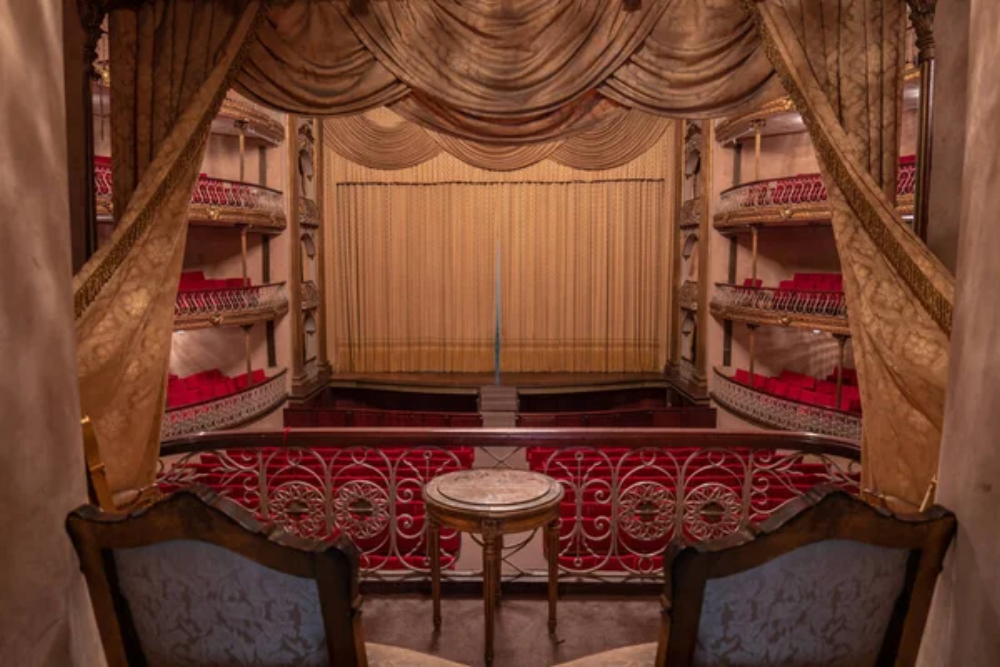
This historic performance venue has survived multiple hurricanes to remain the cultural centerpiece of Galveston’s entertainment scene. The ornate interior features Victorian details including a grand staircase, elaborate plasterwork, and hand-painted ceilings.
Today, the venue hosts Broadway shows, musical performances, and comedy acts in the same space that once welcomed performers like Sarah Bernhardt and John Philip Sousa.
Galveston Island Railroad Museum

Once the headquarters of the Gulf, Colorado, and Santa Fe Railroad, this museum preserves Galveston’s importance as a railroad hub. Visitors can explore one of the Southwest’s largest railroad artifacts and rolling stock collections, including meticulously restored passenger cars and locomotives.
The museum occupies the former Santa Fe depot, where the architecture tells the story of rail travel’s golden age.
Tree Sculptures
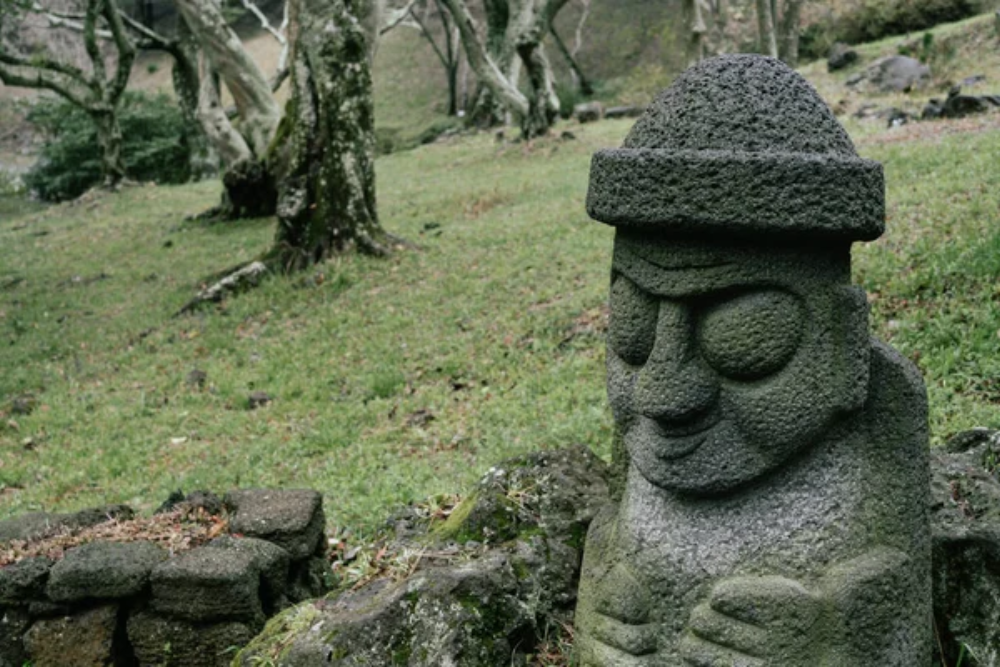
After Hurricane Ike destroyed thousands of trees across the island in 2008, local artists transformed damaged oak trees into intricate sculptures. More than 30 unique works of art, depicting wildlife, historical figures, and fantastical creatures, are scattered throughout the East End Historic District.
This creative response to natural disaster represents Galveston’s resilient spirit and ability to create beauty from destruction.
Like Travel Pug’s content? Follow us on MSN.
The Bryan Museum
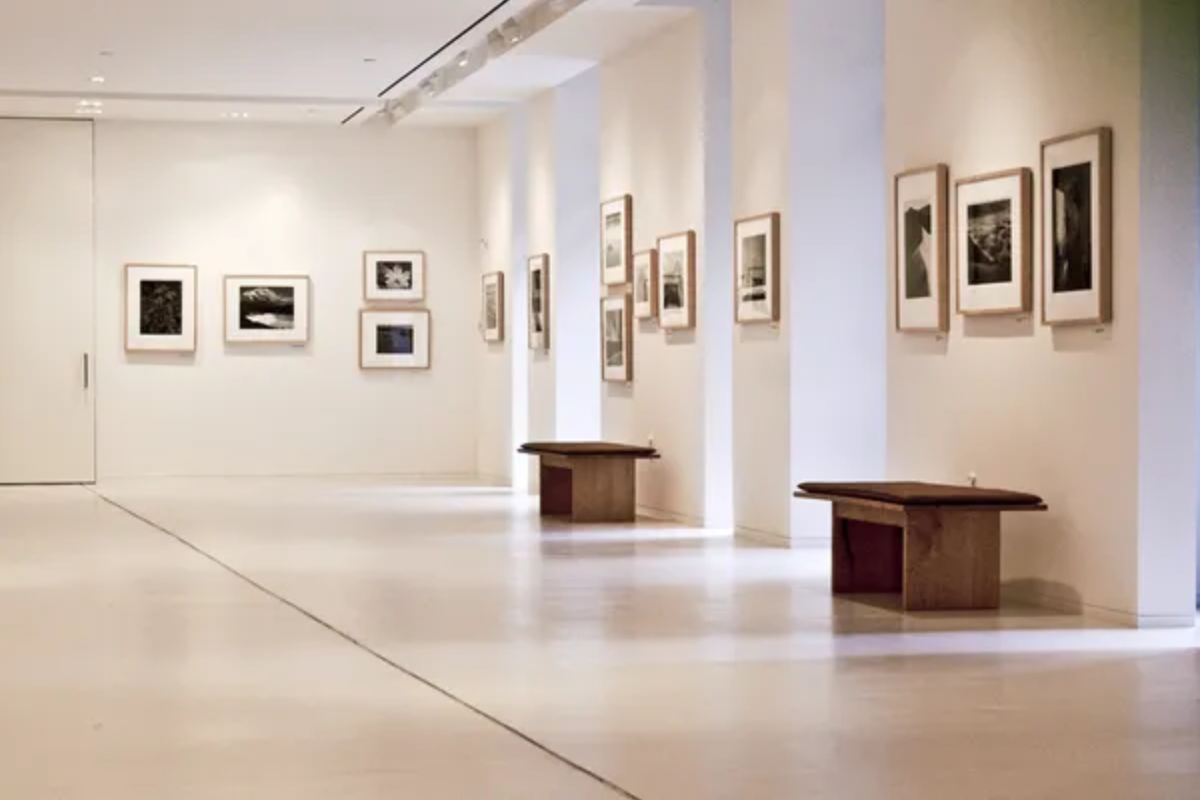
Housed in the former Galveston Orphans Home, this museum contains one of the world’s largest collections of historical artifacts, documents, and artwork relating to the American West. The collection spans 12,000 years and includes over 70,000 items, including rare firearms, Native American artifacts, and early Texas paintings.
Each exhibit provides context that connects Galveston to the broader narrative of Texas and Southwestern history.
Mardi Gras Celebration

Galveston hosts Texas’s largest Mardi Gras celebration, continuing a tradition from 1867. For two weeks, the island transforms with parades, concerts, and balcony parties that attract visitors across the region.
This celebration showcases Galveston’s connection to Gulf Coast cultural traditions and its identity as a destination for sophisticated revelry beyond typical beach activities.
Like Travel Pug’s content? Follow us on MSN.
Port of Galveston
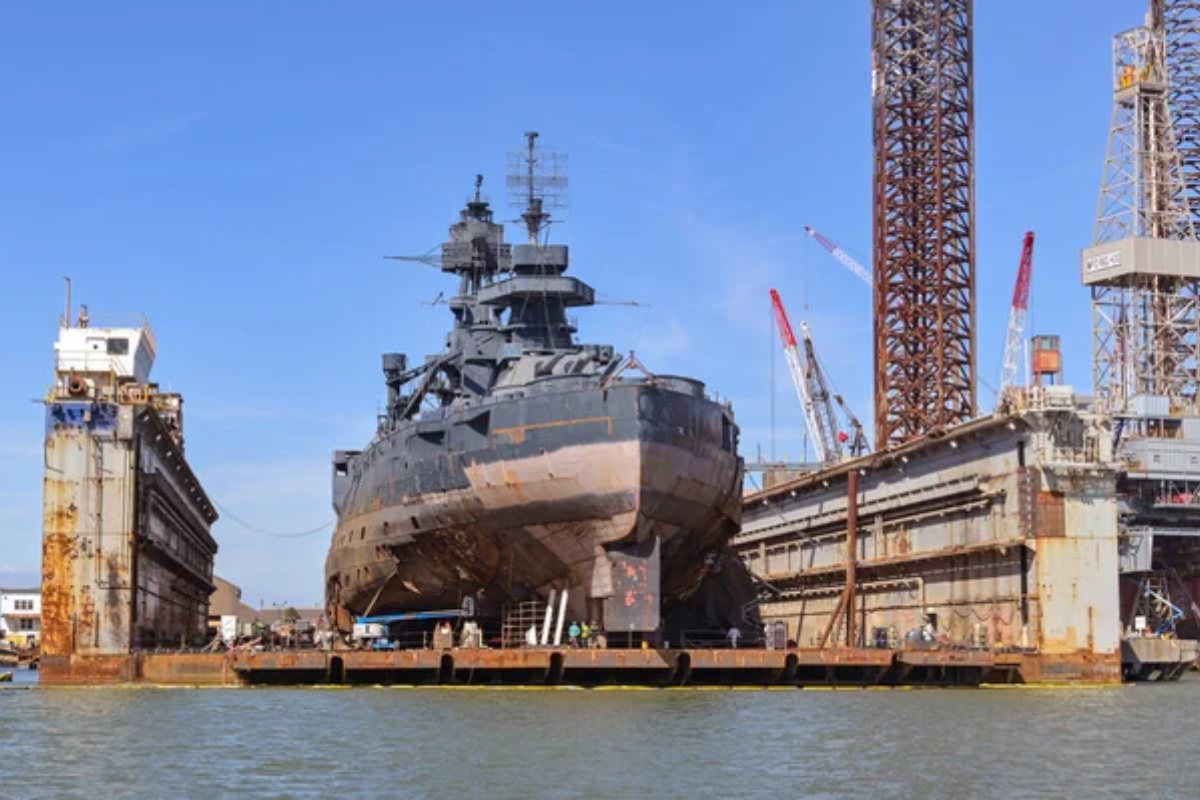
As the fourth-busiest cruise port in the United States, Galveston is the departure point for voyages throughout the Caribbean. The port welcomes over a million cruise passengers annually and serves as a vital economic engine for the island.
Beyond its commercial importance, the port area offers visitors opportunities to watch massive ships maneuver through the harbor, connecting Galveston to its maritime trading past.
Galveston Naval Museum

Located at Seawolf Park on Pelican Island, this museum features two significant World War II vessels—the submarine USS Cavalla and the destroyer escort USS Stewart. Visitors can explore virtually every compartment of these historic warships, experiencing the cramped quarters and engineering marvels that defined naval warfare in the mid-20th century.
The museum provides a tangible connection to Galveston’s strategic importance during wartime.
Moody Mansion

This 28,000-square-foot, four-story structure exemplifies the wealth and ambition that characterized Galveston during its commercial peak. Built in 1895, the mansion features 31 rooms filled with original furnishings and personal effects of the prominent Moody family.
Tours of the meticulously restored home offer insights into the social and economic forces that shaped Galveston beyond its identity as a vacation destination.
Like Travel Pug’s content? Follow us on MSN.
Artist Boat Kayak Adventures

These guided eco-tours allow visitors to experience Galveston’s coastal ecosystems uniquely. Knowledgeable guides lead small groups through the island’s bayous, salt marshes, and bays, often including opportunities to create watercolor paintings inspired by the landscape.
These tours highlight the natural beauty of Galveston’s less visible environments and promote conservation through direct experience.
An Island Reimagined
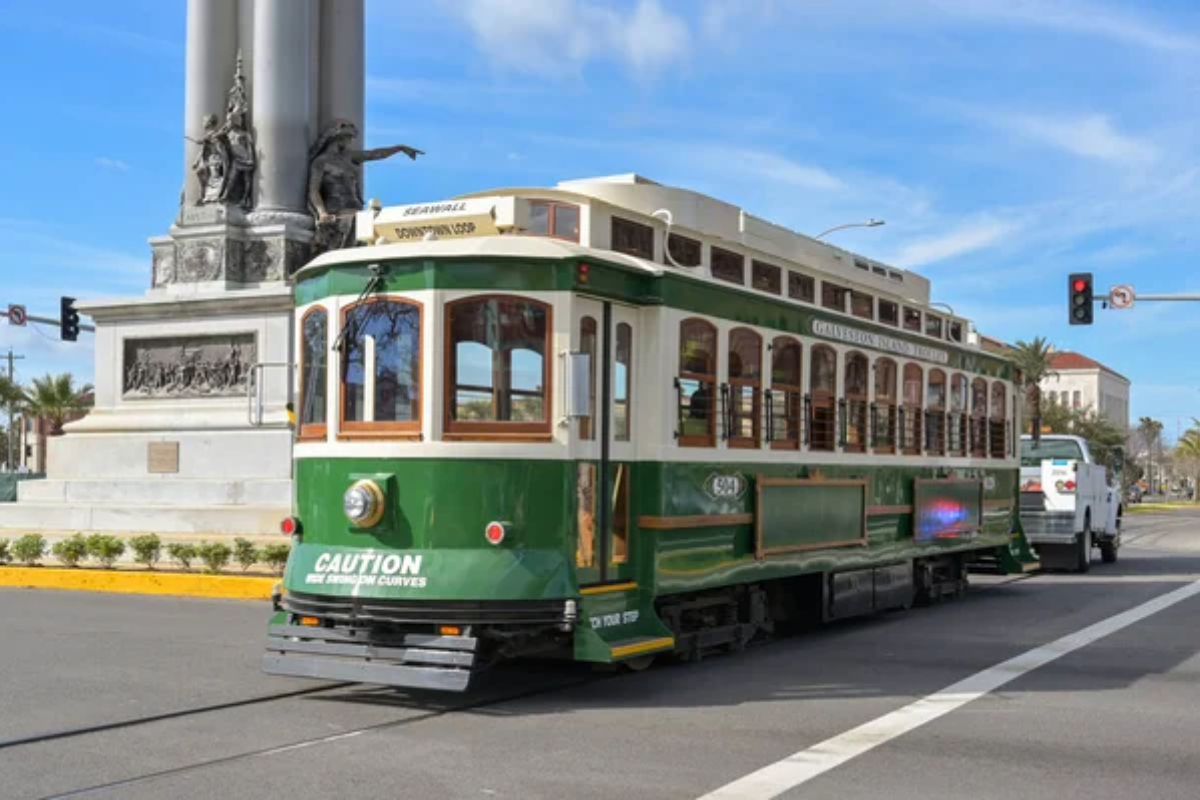
Throughout its history, Galveston has demonstrated remarkable adaptability, transforming from a major commercial port to a gambling haven to the multifaceted destination it is today.
The island continues to honor its past while embracing new identities beyond the simplistic ‘beach town’ label. Visitors exploring beyond the shoreline discover a place where history, culture, nature, and recreation create an experience that is impossible to reduce to sandcastles and sunbathing.
More from Travel Pug

- Cities Growing so Fast You Won’t Recognize Them in 10 Years
- 13 Destinations Where Tourists Regularly Regret Their Trip
- 16 U.S. Cities That Are Quietly Becoming Travel Hotspots
- Where to Travel If You Love Long Bus Rides and Daydreams
- 20 Cities Perfect for Solo Travelers Who Crave Adventure & Culture
Like Travel Pug’s content? Follow us on MSN.
